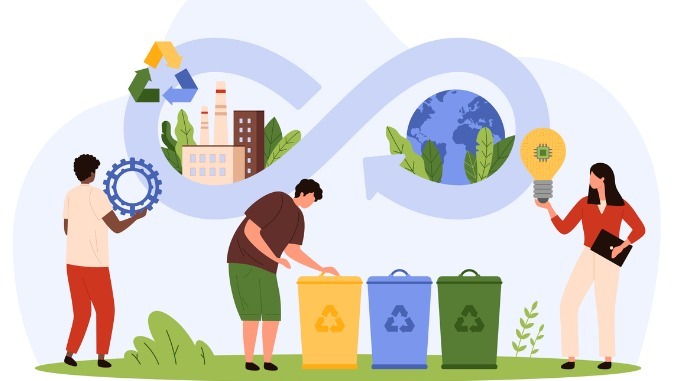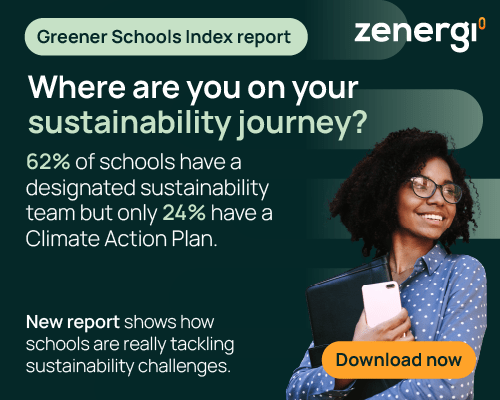
Tarina Chow, executive business manager of a SEND-specialist multi-academy trust, recently shared a blog outlining the essential steps her MAT has taken toward sustainability, highlighting how schools can also embark on the journey to a more sustainable future
CREDIT: This is an edited version of an article that originally appeared on ASCL.org
Building a sustainability team is essential for schools seeking to create a meaningful impact on their environmental footprint and foster a culture of sustainability within their communities. By assembling a dedicated group, schools can effectively drive their sustainability strategies, ensure accountability and engage students and staff in eco-friendly practices.
The First Step
“Starting a sustainability journey in schools and colleges can be daunting. Like many of you, we found ourselves asking: “Where do we start? Who do we speak to?” Our MAT, with its specialised focus on SEND, was already ahead in some ways. A sustainability strategy had been presented to trustees two years earlier and distributed to all schools in the trust. However, like many strategies, it risked gathering dust without active champions to drive it forward.
Our first stop was the UK Schools Sustainability Network (UKSSN) Operations Group, a treasure trove of resources for every sustainability pioneer and a must-join for all schools, colleges, and MATs. Understanding our current position was the next critical step. A survey revealed that while there had been significant efforts, such as installing solar panels and LED lighting, much remained regarding strategy, leadership, and governance in sustainability.
Establish a Team
Our next objective was to establish a team: the ‘Esteem Climate Task Force.’ Our Designated Sustainability Leads came from various roles: site managers, teachers, TAs and business leaders. Together, we explored why sustainability is important and our roles in driving the trust’s strategy. We shared ideas on what a Climate Action Plan might look like, drawing on examples from schools further along in their journey.
Just getting started feels like a significant step in the right direction. In less than six months, we’ve taken our strategy, benchmarked our baseline, created an action plan, identified partnerships and appointed a sustainability lead in each school. Our next focus will be on engaging with partners, utilising their expertise and advancing our climate action planning.”
Taking proactive steps toward sustainability not only benefits the environment but also enhances educational experiences, promotes responsible citizenship and prepares students for a future where sustainability is paramount.



Be the first to comment